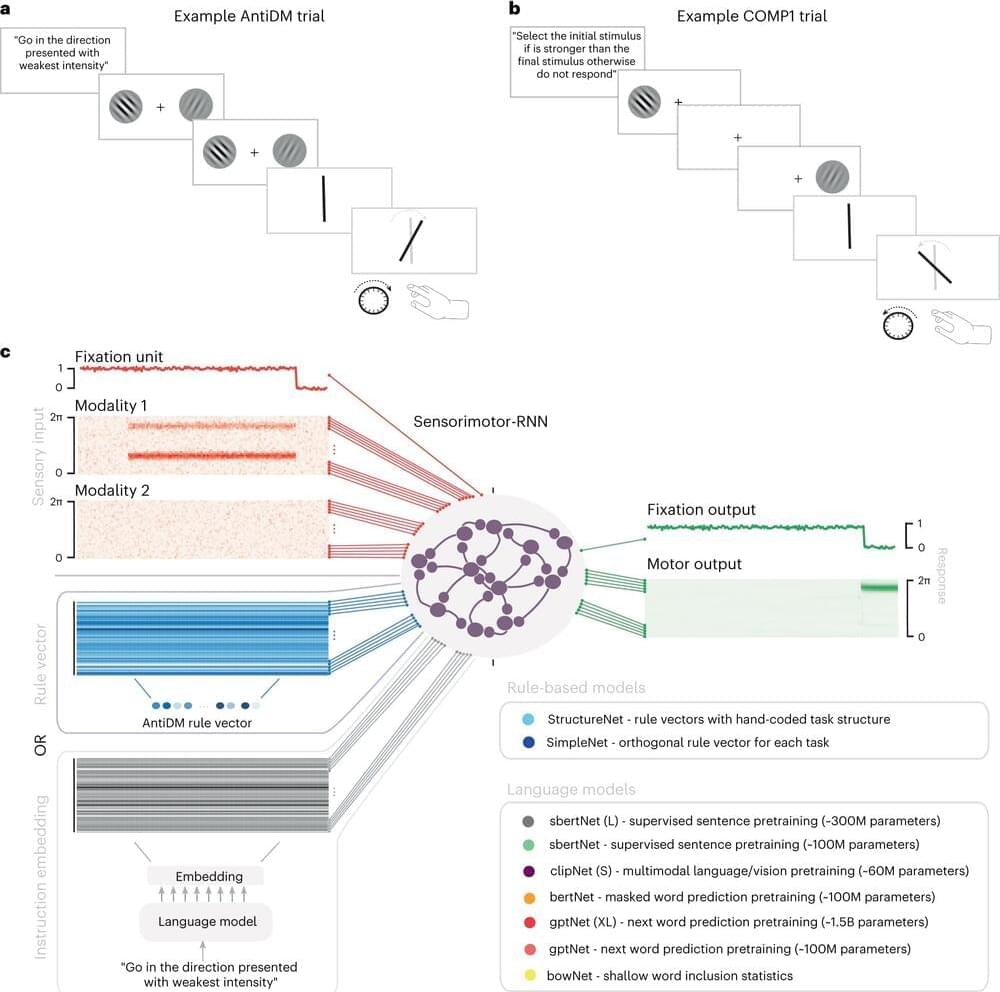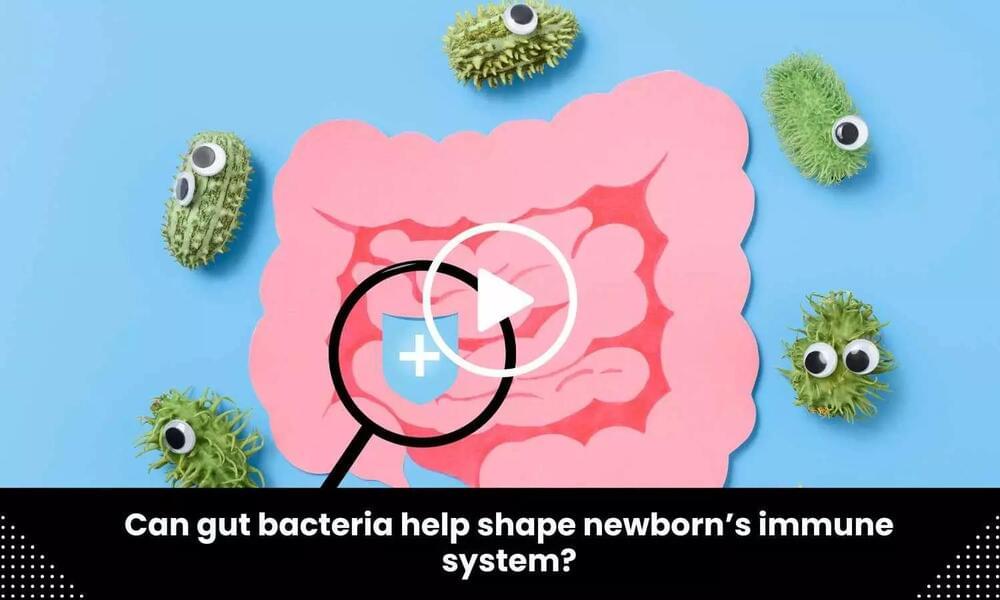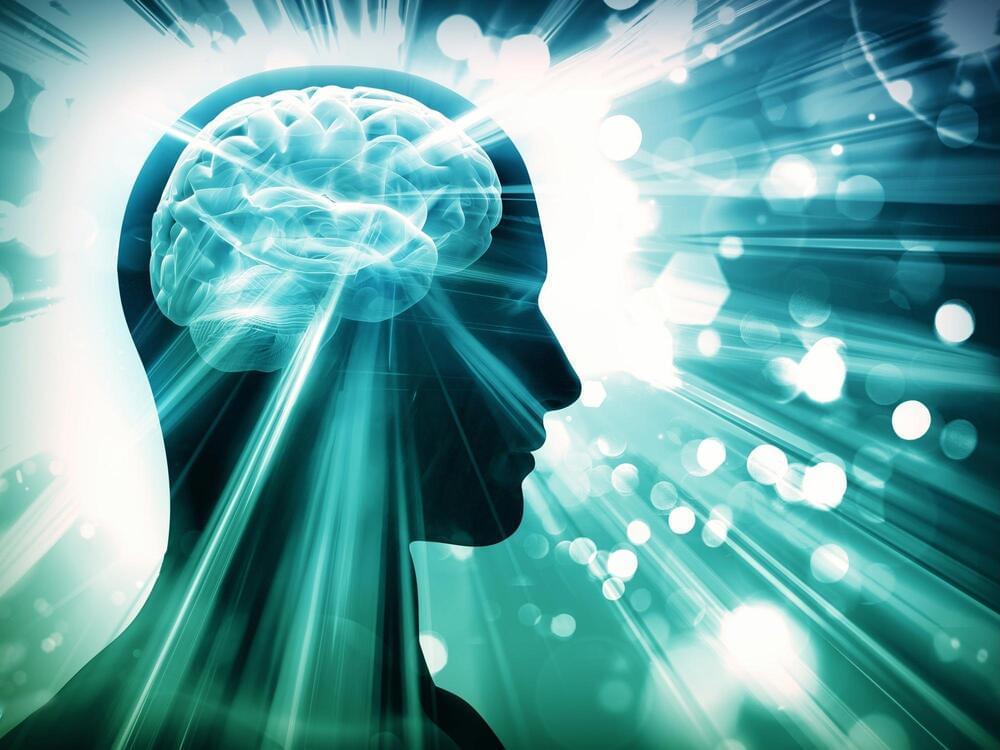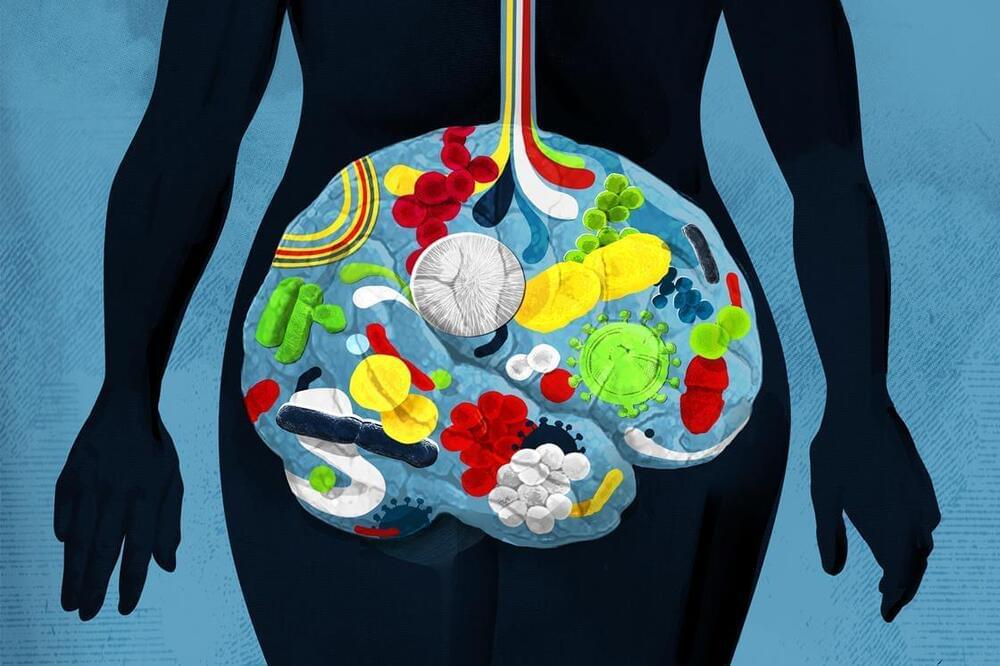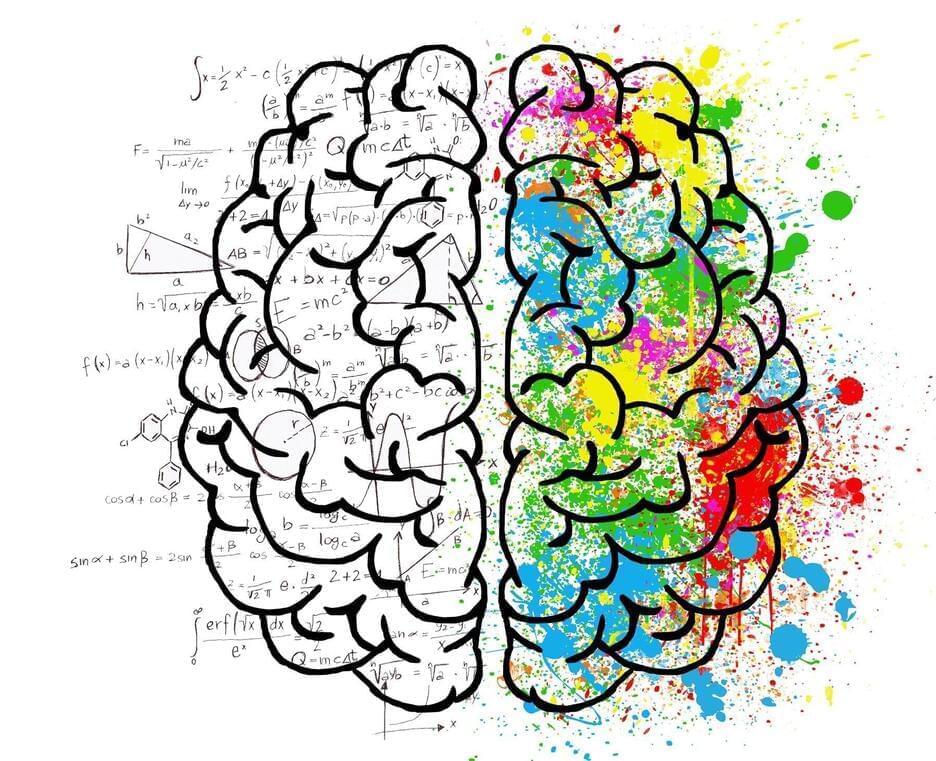Mar 18, 2024
Two artificial intelligences talk to each other
Posted by Cecile G. Tamura in categories: biological, neuroscience, robotics/AI
A team from the University of Geneva (UNIGE) has succeeded in modeling an artificial neural network capable of this cognitive prowess. After learning and performing a series of basic tasks, this AI was able to provide a linguistic description of them to a “sister” AI, which in turn performed them. These promising results, especially for robotics, are published in Nature Neuroscience.
Performing a new task without prior training, on the sole basis of verbal or written instructions, is a unique human ability. What’s more, once we have learned the task, we are able to describe it so that another person can reproduce it. This dual capacity distinguishes us from other species which, to learn a new task, need numerous trials accompanied by positive or negative reinforcement signals, without being able to communicate it to their congeners.
A sub-field of artificial intelligence (AI)—Natural language processing—seeks to recreate this human faculty, with machines that understand and respond to vocal or textual data. This technique is based on artificial neural networks, inspired by our biological neurons and by the way they transmit electrical signals to one another in the brain. However, the neural calculations that would make it possible to achieve the cognitive feat described above are still poorly understood.
